“Every space has a story to tell if we know how to listen.”
David Rockwell, American architect and designer
Interior design for commercial spaces involves much more than aesthetics and comfort. It conveys a brand's identity, communicates values , and creates an experience that remains in customers' memories. Today, the value of a carefully designed space that reflects not only a specific business area but also a company's essence and history is recognized.
In a context where competition is fierce and differentiation is essential, design professionals face challenges and opportunities when working with commercial spaces. These challenges range from interpreting the brand's identity to adapting the space to meet the client's needs without forgetting market trends.
Commercial space design is essential for conveying a unique narrative and establishing an emotional connection with the public.
In this article, we will explore the main challenges faced by designers in the context of interior design for commercial spaces and understand the opportunities that arise when designing these spaces.
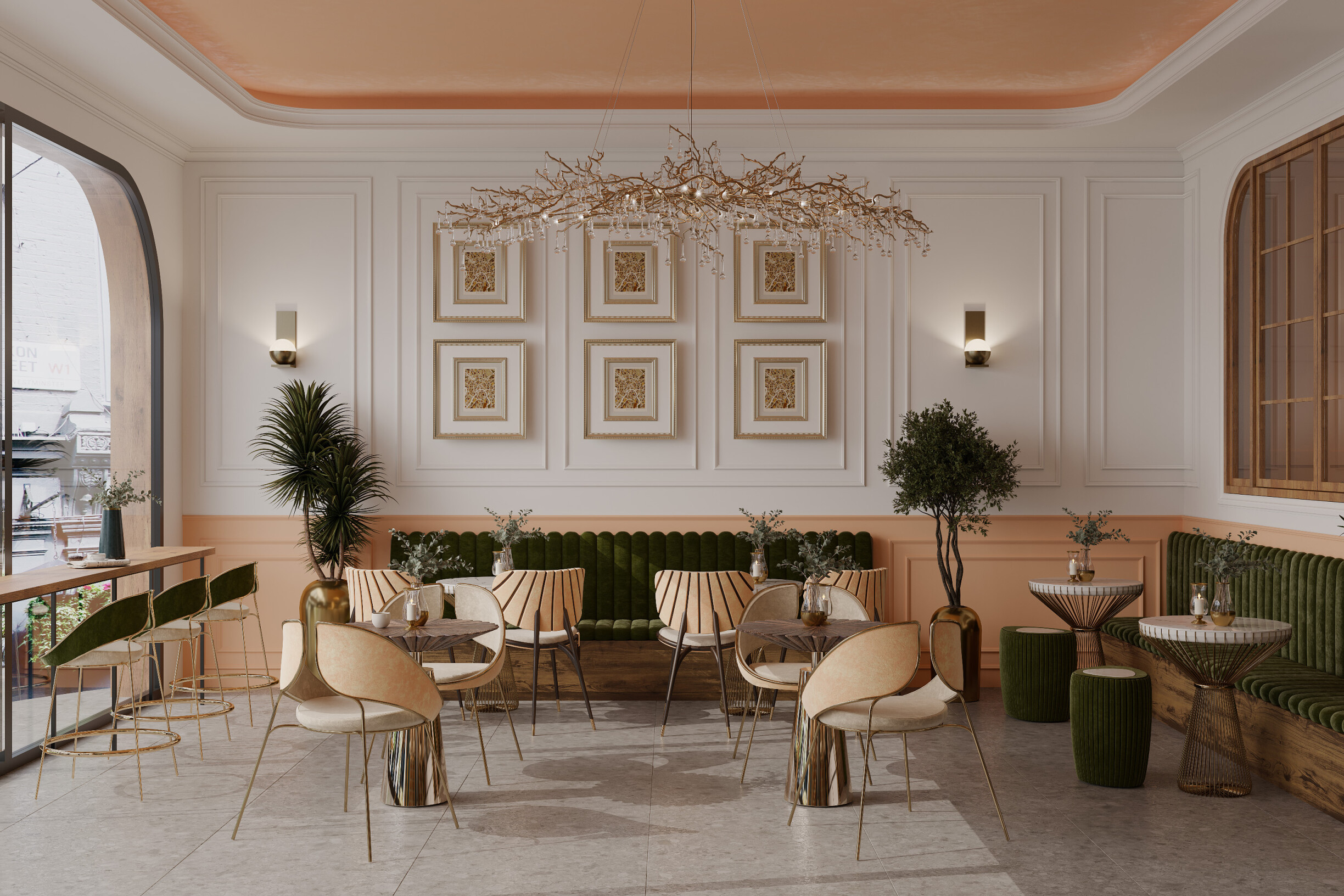
An interior designer needs to have a deep understanding of a brand's essence to create a commercial space that truly communicates its identity. Every detail in the design — from the choice of colours to the selection of materials and the arrangement of elements — contributes to expressing the brand's personality and values. This process is essential to ensure that, upon entering the space, customers immediately perceive the brand's unique message and character.
A brand's identity is defined by several factors:
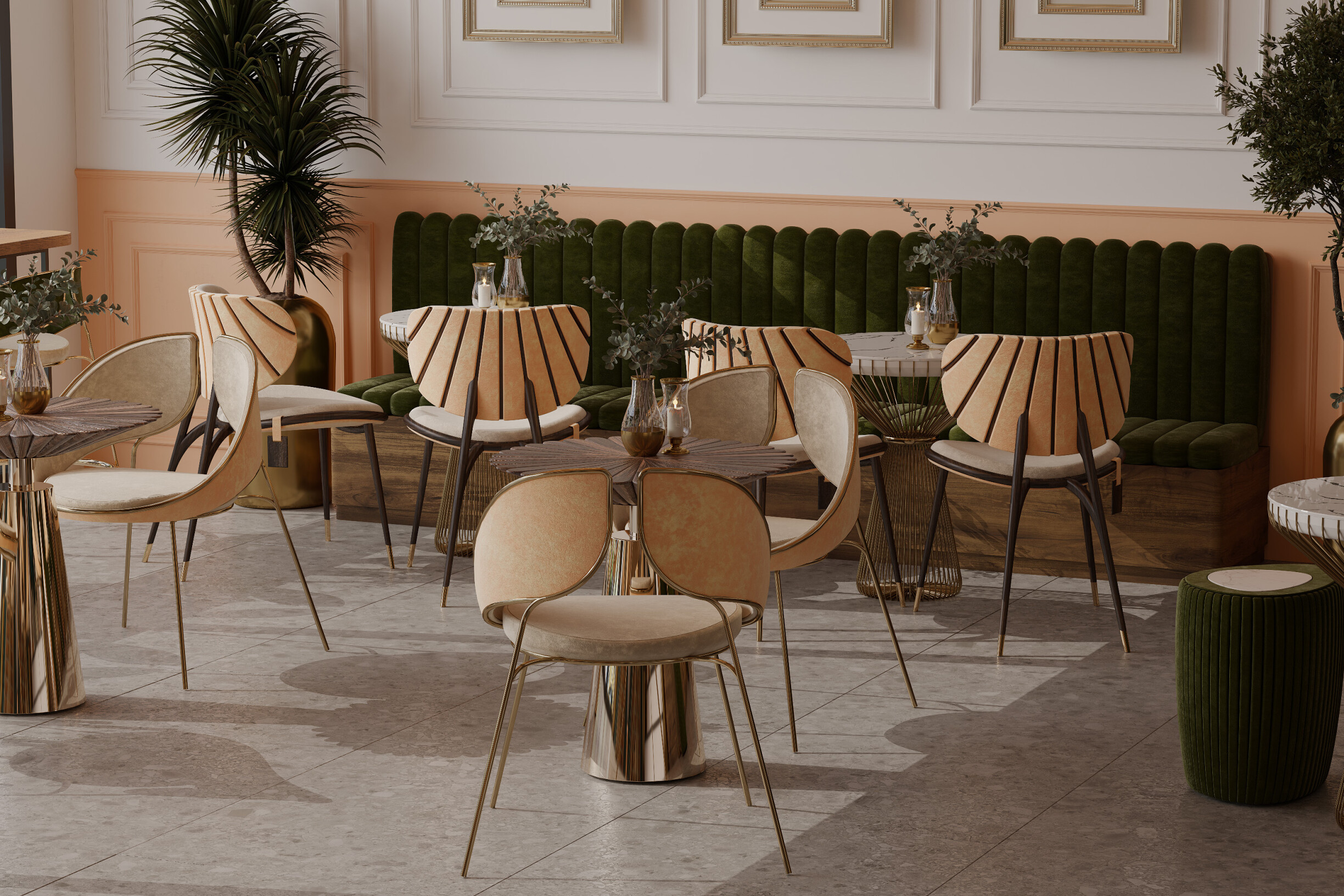
Incorporating these elements authentically into the design of a professional space involves visually translating concepts and values to create an area that resonates emotionally with the customer. For example, a brand that values tradition and authenticity might favor artisanal and refined materials, while a modern and technological brand might opt for minimalist lines and interactive features.
A commercial space that faithfully reflects a brand’s identity becomes a powerful tool for differentiation in the market. In the face of intense competition and ever-changing consumer expectations, the coherence between the space and the brand’s identity strengthens its presence and creates an emotional connection with the customer.
This visual and narrative consistency is essential to creating a memorable and distinctive brand experience that influences purchasing.
Interior design for commercial spaces presents unique challenges that require a strategic and creative approach. Unlike residential spaces, where the focus may be on comfort, ergonomics, or personalization, commercial spaces need to balance several key aspects to achieve success, including functionality, durability, visual impact, and brand coherence.
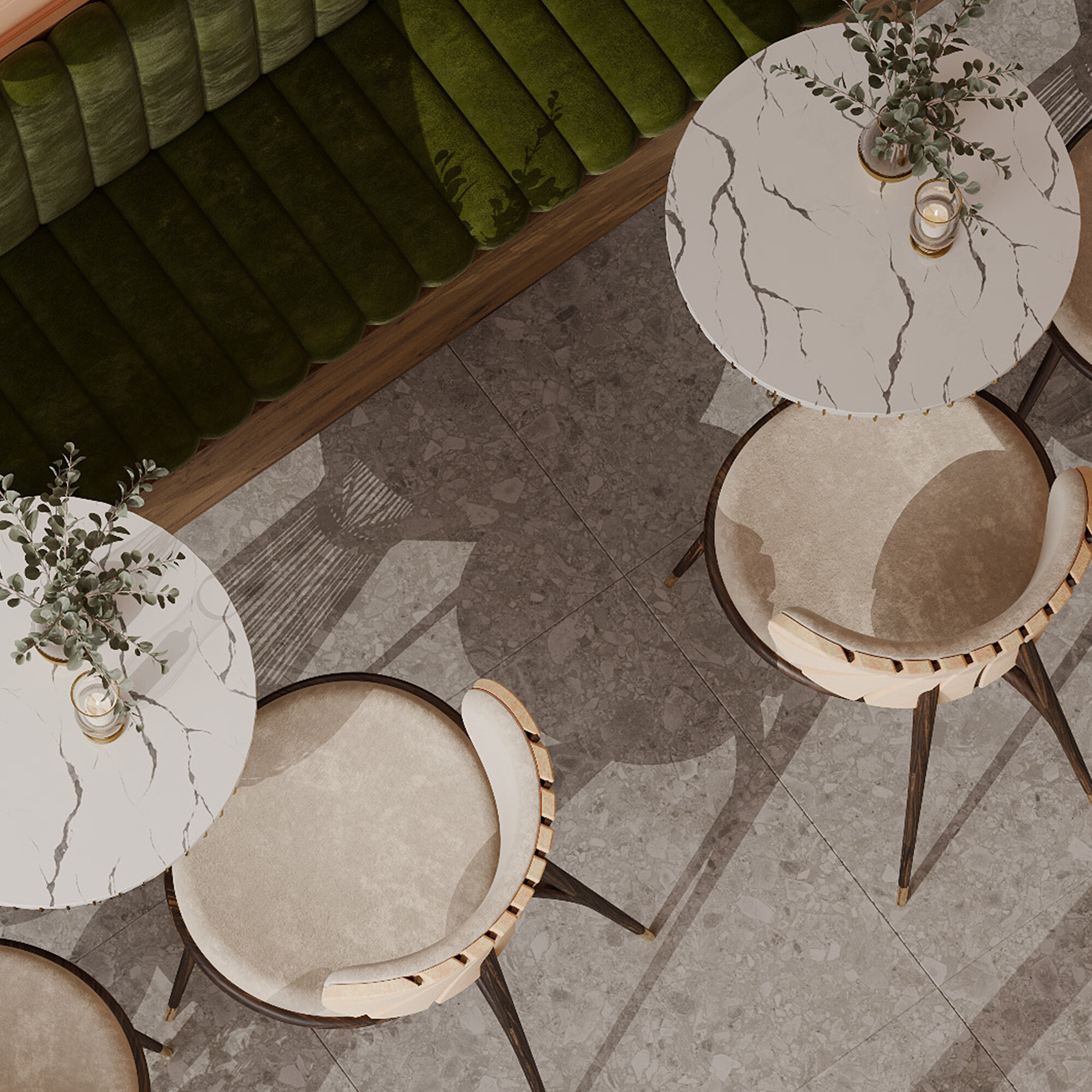
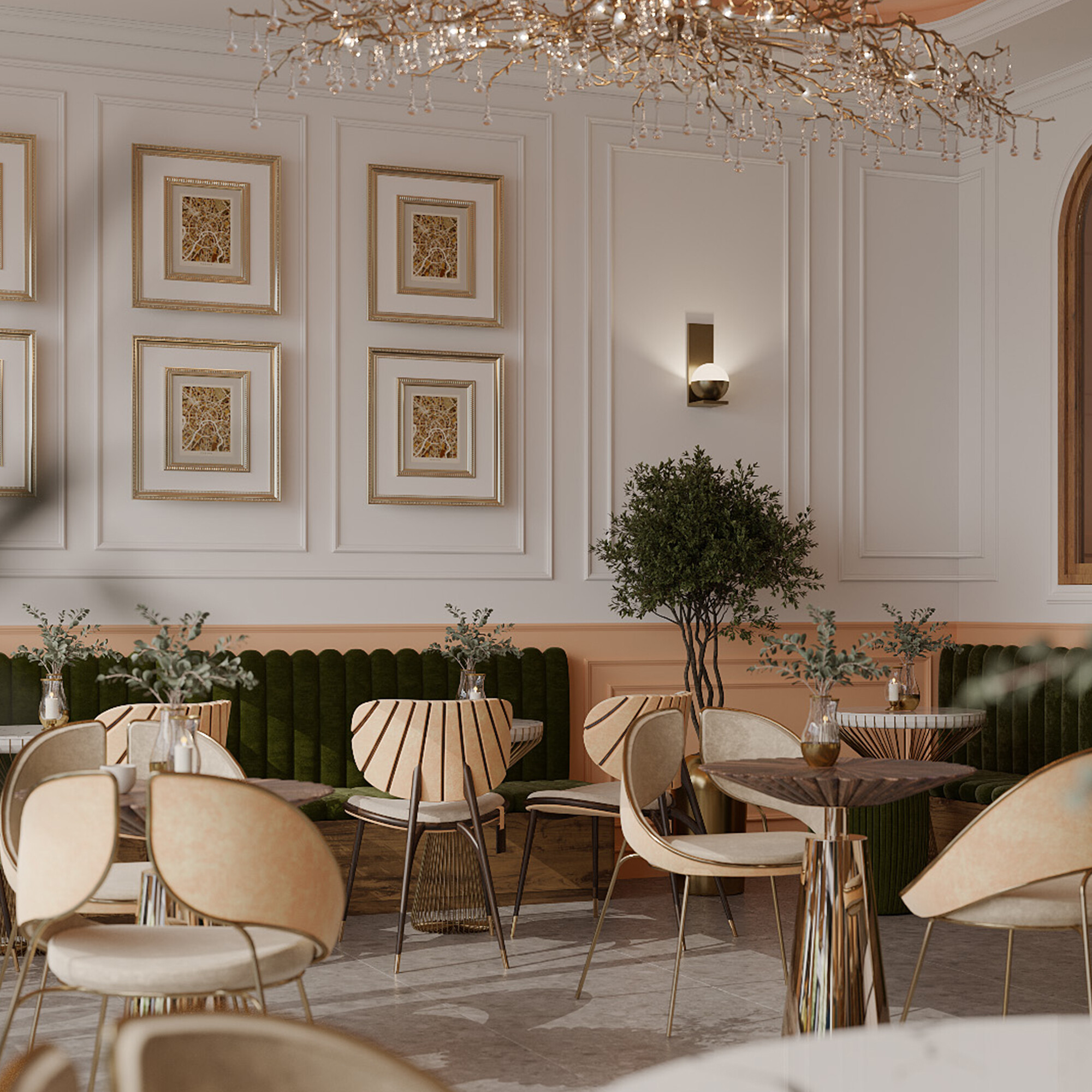
One of the biggest challenges is authentically and appealingly capturing and reflecting the brand identity in the space. Every detail of the design — from the furniture arrangement to the materials chosen — must communicate the company's essence and values , creating an experience that reaches the target audience. Ignoring the brand's needs and objectives is a mistake that interior designers cannot afford to make.
In addition, the design must have a solid and consistent visual identity so that the space becomes a tangible extension of the brand.
Another challenge is creating an aesthetically appealing layout that facilitates the circulation of customers and employees. It is essential to consider the natural flow of people in the space, organizing prominent areas and interaction points logically and intuitively. This optimization of space contributes to a more pleasant and efficient experience, which will directly impact the success of the commercial space.


As consumers become more environmentally conscious, commercial spaces are increasingly challenged to incorporate sustainable practices into interior design. Using eco-friendly materials, efficient lighting systems, or sustainable construction methods can increase the project's complexity. However, it also adds value to the space in the eyes of the customer, creating an image of responsibility and innovation.
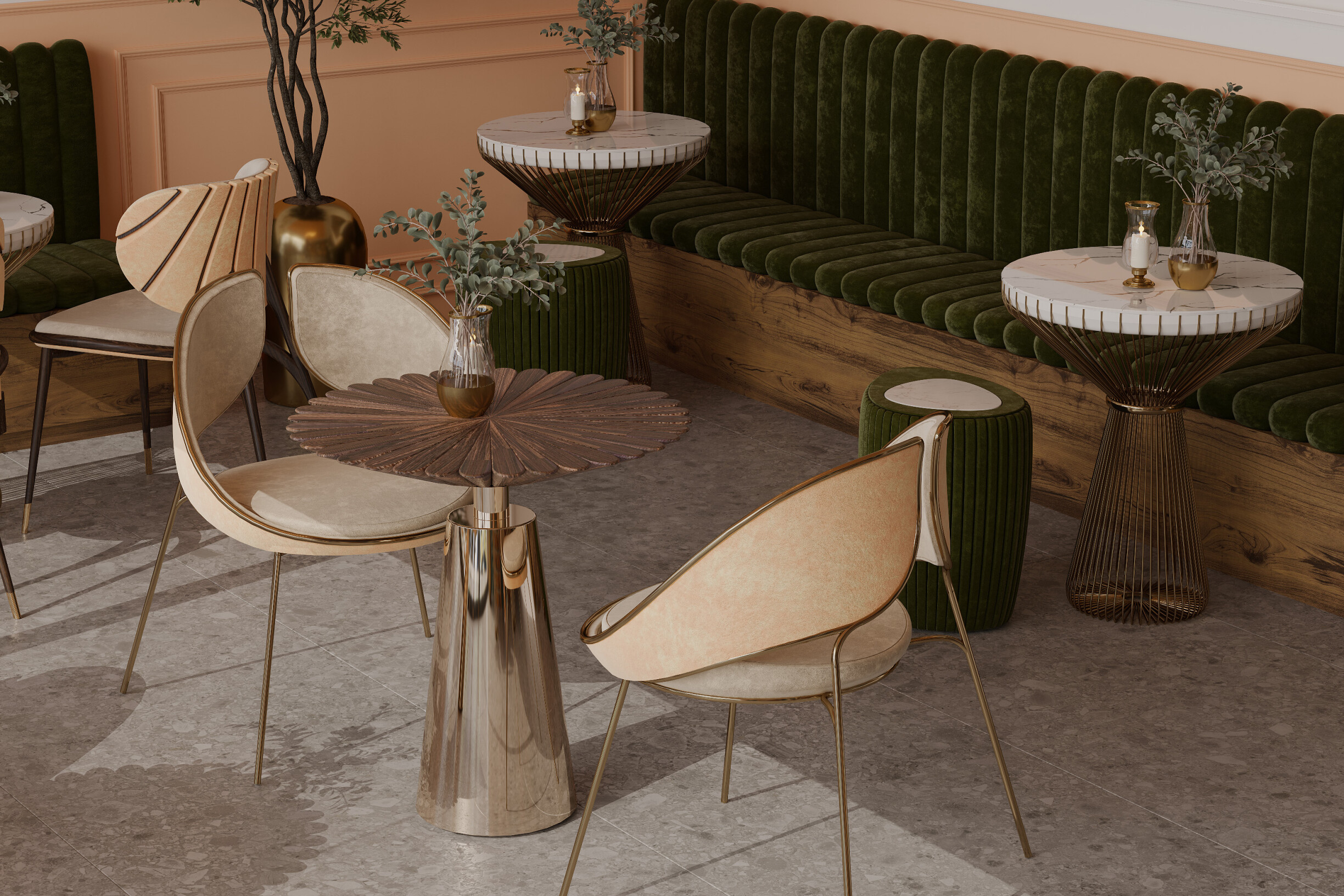
Another common challenge is managing restricted budgets without compromising quality or visual impact. Interior designers must find creative solutions to maximize value within the financial limits imposed, prioritizing the elements that contribute most to the customer experience and brand communication.
Consumer trends and expectations evolve rapidly, and it is essential that retail spaces' designs be flexible and able to adapt to these changes. Incorporating design elements that allow for periodic reconfiguration or updates can help keep the space in line with trends without requiring complete renovations.
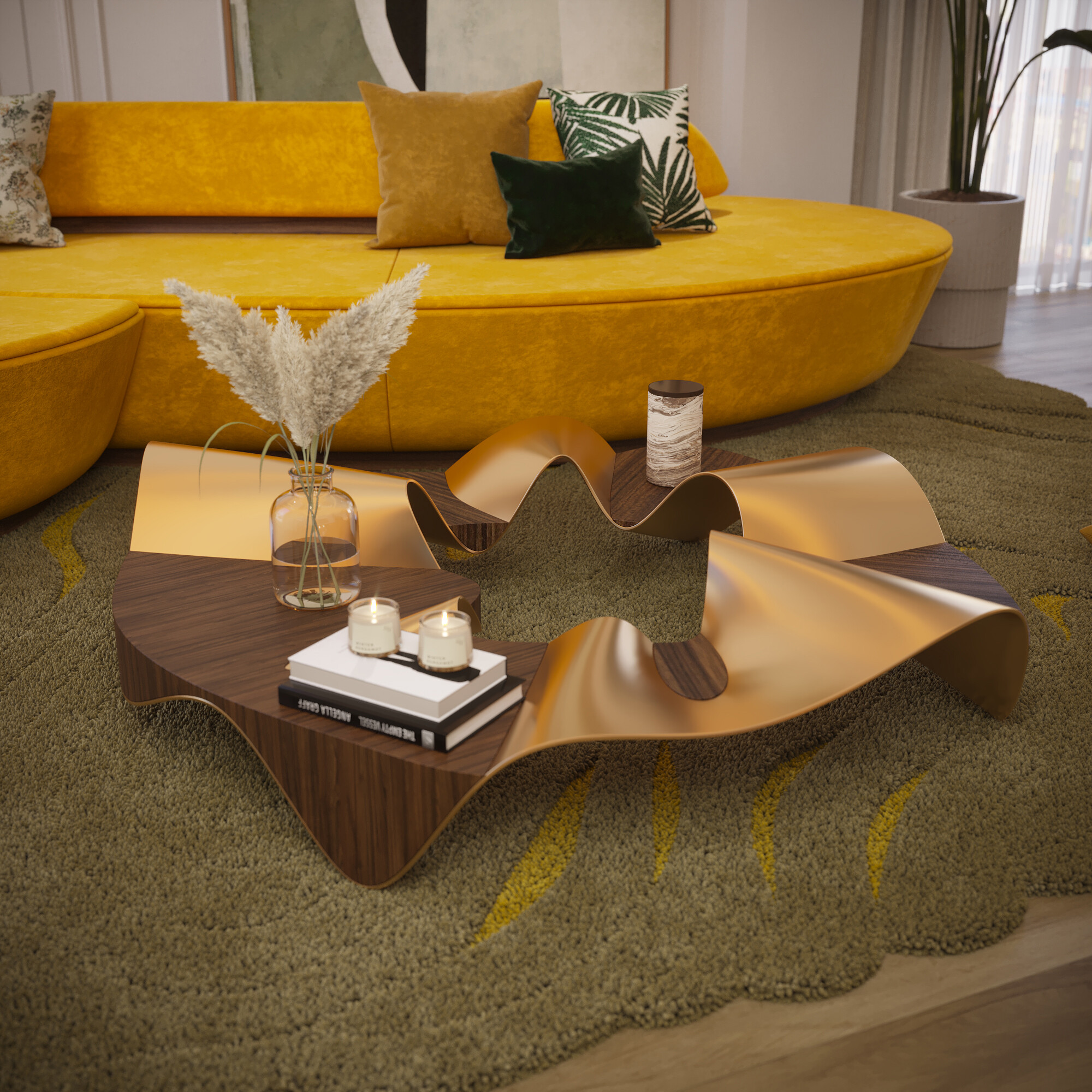

The interior design of a professional space plays a crucial role in how consumers perceive and interact with the brand. Every aesthetic and functional choice in the space can influence customer behavior, guiding them to act, feel, and even make purchasing decisions. Understanding these factors is essential to creating a space that maximizes customer engagement and satisfaction while also being visually appealing.
The layout, lighting, colours, and materials used contribute to the area's perception. For example, a layout that prioritizes fluid circulation encourages customers to explore different areas of the space, increasing the opportunities for contact with products or services. Warmer colours or soft lighting can convey a feeling of comfort and welcome, while cool colours and bright light can create a dynamic and modern space.
The use of sensory elements, such as textures, aromas, and music, is a powerful tool in interior design for commercial spaces. These elements help create an immersive experience, awakening the senses and strengthening the emotional connection between the consumer and the brand. In places like cafes or clothing stores, where the customer experience is a central part of the value proposition, sensory design can reinforce the identity of the space and promote loyalty.
Design is not just about aesthetics, it's about influence. A well-executed design can subconsciously influence consumers' perceptions and behavior, facilitating the construction of a memorable and differentiated experience. When your design is aligned with the brand's values and identity, the area becomes an extension of that brand, helping to convert visitors into customers and create a lasting relationship.
Interior design for commercial spaces plays a crucial role in defining a brand's identity and creating memorable customer experiences. Understanding a brand's essence and values is the first step to creating visually appealing areas that inspire target audiences.
The challenges faced throughout the process require a strategic and creative approach. Overcoming these obstacles allows designers to meet customers' immediate needs and anticipate and adapt to ever-changing consumer trends.
By combining art, functionality, and brand strategy, interior design for professional spaces strengthens brand identity and enhances the customer experience. Are you ready to start exploring these opportunities in your projects? See some inspirations on ALMA de LUCE's Pinterest that best suit your needs, your tastes, or your client's desires. We will also help you create exclusive and current projects that win over your customers!